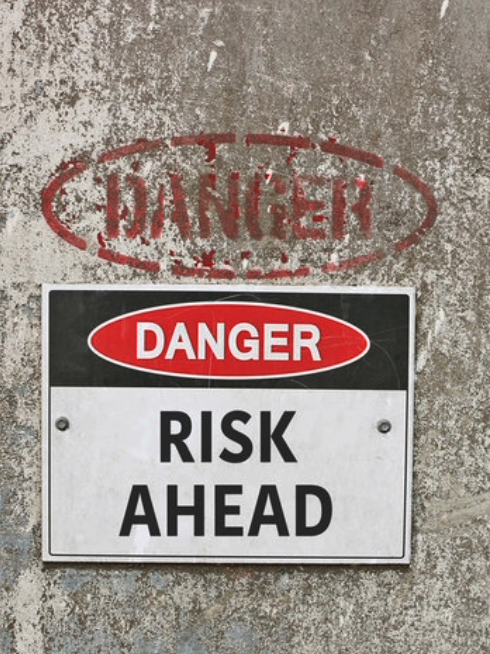In a world often curated for perfection, vulnerability stands out like a raw, beautiful wound. We scroll through feeds of flawless facades, polished achievements, and airbrushed realities, leaving us feeling inadequate and isolated. But within the realm of writing, vulnerability holds a unique, almost alchemical power. It’s the secret ingredient that transforms words on a page into resonant, impactful narratives.
We’ve all heard the adage “write what you know.” But what if what you know is messy, imperfect, and riddled with doubt? What if your story isn’t a triumphant arc, but a tangled web of stumbles and recoveries? That’s where the magic lies.
Why Vulnerability Resonates:
- Human Connection: Readers crave authenticity. When we lay bare our struggles, our fears, and our imperfections, we create a bridge of shared experience. We remind readers that they are not alone in their own battles.
- Emotional Depth: Vulnerability adds layers of emotional complexity to our writing. It allows us to delve into the nuances of human experience, exploring the grey areas between joy and sorrow, strength and weakness.
- Impactful Narratives: Stories that stem from genuine vulnerability have the power to move, inspire, and provoke thought. They linger in the reader’s mind long after the final page is turned.
- Building Trust: When a writer exposes their vulnerabilities, they build trust with their audience. Readers are more likely to connect with a writer they perceive as honest and relatable.
The Art of Sharing:
It’s important to differentiate between oversharing and genuine vulnerability. The goal is not to spill every intimate detail, but to carefully select and craft moments that reveal the truth of our experiences. Here are some pointers:
- Focus on the Universal: Even the most personal struggles often touch on universal themes: loss, love, fear, resilience. Focus on the core emotions and experiences that resonate with a wider audience.
- Craft with Intention: Vulnerability isn’t about haphazardly dumping emotions onto the page. It requires careful crafting, thoughtful reflection, and a clear understanding of the story you want to tell.
- Find the Balance: Balance vulnerability with strength and resilience. Readers want to see how you navigated your struggles, not just wallow in them.
- Consider Your Audience: Be mindful of your audience and the context in which you are sharing your story. What message do you want to convey? What impact do you hope to have?
The Courage to Be Seen:
Sharing vulnerable stories takes courage. It requires us to step outside our comfort zones and expose ourselves to the possibility of judgment and criticism. But the rewards are immeasurable. When we embrace vulnerability, we not only create powerful narratives, but we also create a space for healing, connection, and understanding.
In a world that often demands perfection, let us dare to be vulnerable. Let us write from the raw nerve of our experiences, and in doing so, create stories that truly matter. Let’s remember that our imperfections are not weaknesses, but strengths, and our struggles, when shared with honesty and intention, can become the most powerful narratives of all.
